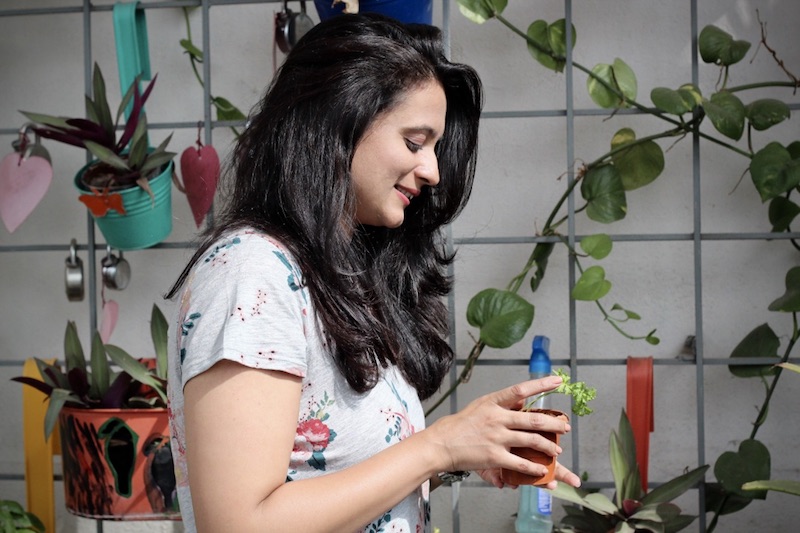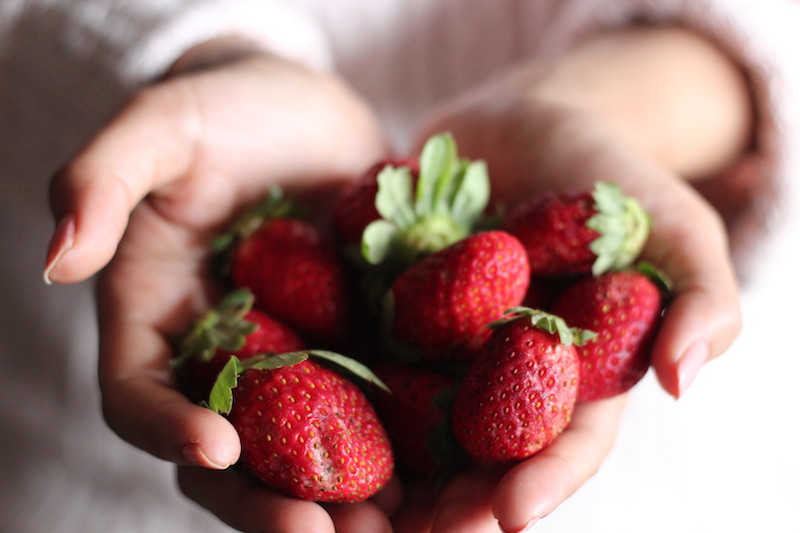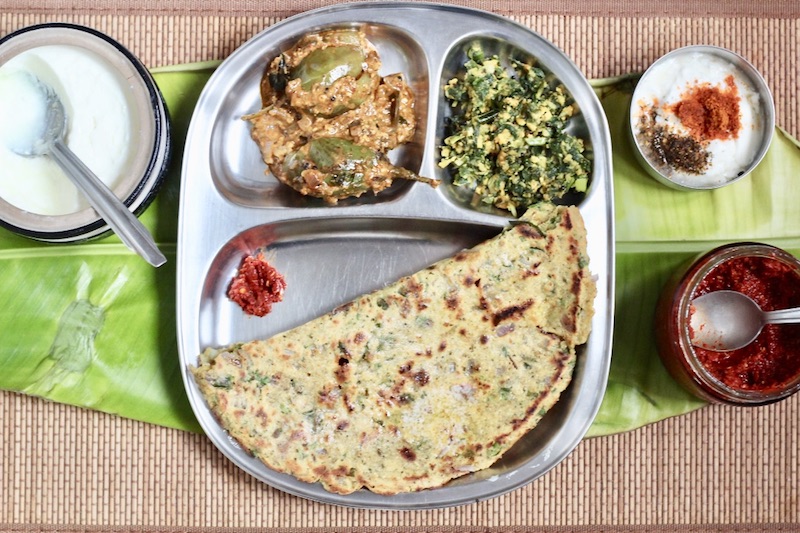Healthy eating hacks that incorporate native, locally grown, seasonal produce (specific to India) that will help you realise your clean eating goals, help you eat more home cooked food and save you the time and money you spend on buying gourmet ingredients that travel the world before reaching your refrigerator.

Find full recipes of all the foods mentioned below and many bonus ones (incorporating several millets and Omega-3 rich ingredients) in the next post, coming at you in five days! Watch this space.
One would think that trying to live gluten-free and sugar-free in India is a privilege of the elite. Trying to find gluten-free foods or sugar in its natural forms (other than honey) is a huge inconvenience for gluten-sensitive, trying-to-get-fitter girls like me. Any food that is labelled as such comes with a huge price tag or in most cases is grown elsewhere and imported. When I was forced to live a 90% gluten-free life (for a few years because of a medical condition), I took it up as a challenge to make eating fun and exciting for myself.

In the process, I found local millets and other ingredients that could be combined to create equivalents of our everyday food: rotis, puris, and even my mom’s laddoos. In the pursuit to grow fitter, I tried eating smaller meals, drank more water, incorporated superfoods and omega 3 fatty acids in my diet and created sustainable meal plans that didn’t leave me craving for cake at 3 am. With a few simple examples, I would like to share with you, the kinds of food I ate in my journey towards wellness and mindful eating.

Breaking up with bread
Going gluten-free (read pizza-free, cake-free and pasta-free) is not for the faint-hearted. I know I can’t do without a roti for more than a few days. However, there are several other millets from which you could make rotis. The more common ones include makki (corn meal), bajra (pearl millet) or jowar (sorghum or ‘the new quinoa‘); but making rotis from these is time consuming, messy and requires practice. In South India, we make a poorer, albeit tastier, cousin of these millet rotis. We call them ‘Thalipet‘ or ‘Akkirotti‘- made with rice flour, jowar flour, ragi (finger millet) flour or a mixture of these (recipe in next post). An easy, healthy, wholesome alternative for your roti or parantha, these will help you get your daily dose of fibre and will help you feel fuller for longer.

That being said, there is no such thing as tasty gluten-free, dairy-free, sugar-free, soy-free food. Unless, you have wine for dinner!
Think global, eat local
An important facet of the ‘locavore movement’ is that we eat truly locally, learning to live without foods that won’t naturally grow in our backyards or our local farmers’ fields. It requires that we avoid eating foods outside their native ranges and seasons, finally preserving the taste, freshness and nutritional value.
Take quinoa for instance. A pseudocereal similar to rice or wheat, with a high protein content and all nine essential amino acids, quinoa has taken the urban food market by storm. Indians, raised eating rice as a staple food, have graduated to eating quinoa which is probably grown in South America and imported to India. Why not think local?

For the rice fanatics, it is harder to find something that can mimic a classic dal-chawal. However, some millets come very close to it. The kodo millet, little millet or the proso millet are all great alternatives. These millets are generally cooked in the pressure cooker, as you would cook rice. They provide a fine replacement for rice at least 4 times a week. On other days, you could always eat brown rice or red rice.

Foods ought to be grown where they grow best, rather than growing locally those foods that, out of their comfort zone, require extensive energy and chemicals. So, if quinoa were to be grown in India someday, it would still not be the ideal food option. Moreover, I’d rather not eat foods I can’t pronounce!

I’m interested in restoring community through the act of eating locally, not because I want to adhere to a locavore dogma but mainly because at a personal level I’m giving my body the freshest, best food it can possibly get.
A holistic approach to the plate
Being true to your genes, eating soul-satisfying food and trying to focus on home-cooked meals are the best ways to create healthy habits, not restrictions. Food should be cleansing, restorative and fun. No great story ever began with a girl eating a salad.
Tune into your body and respect its cravings. Sometimes, your body is trying to send you a message. If sugar is your weak link, accept it. Don’t treat it like the sociopath in your life – acts sweet but is really poison. Make something sweet in your kitchen, with your own hands, with fresh local ingredients. Have it first thing in the morning and I promise you, it’s going to be okay. Include some superfoods in your sweets so you balance the bad with the good.

We have a family recipe of ragi laddoos (recipe in next post) that my grandma used to make when we were young. It is amazing to realize how well rounded, wholesome and balanced this recipe is in terms of its nutritional value. It has fibre, good fats, calcium, natural sugars – and makes for a superb pre-workout meal. Whether sugar or carbs – if you crave it, have a little bit. A bad meal isn’t going to make you fat just as a clean meal isn’t going to make you skinny. Allow yourself some slack. That way you don’t have to apologise for saying stuff when you are hungry.
You aren’t fat, you have fat
We all know that flax seeds and nuts are good fats. They contain Omega-3 fatty acids (required for optimum cell functioning) that cannot be produced by our body and hence need to be supplied by our diet. You could sit here all night trying to google how to incorporate omega-3 into your diet, but tomorrow you will stare at an unopened pack of flaxseed sitting on your kitchen counter, swallow a fish oil (rich in omega-3) capsule and go to work. Just as you do every single day.

Flaxseed comes in many forms but the best way to get optimum nutrition from it is to have it whole. A simple way of doing that is to roast it with some salt and some juice of lime and store it in an air tight container (full recipe in the next post). Place it where your home sees maximum traffic, and eat a few every time you pass by.
Now stop fretting when people nag you for the way you look, because you’ve got these recipe hacks in your bag. You are in a really good place spiritually (mind and body). So tell them to please zip it. Namaste.
Moreover, your butt is what you are known for. So, who cares huh?

Find full recipes of these foods and many bonus ones (incorporating several millets and other ways of taking in Omega-3) in the next post, coming at you in five days! Watch this space.
Let me know in the comments down below if you would appreciate a compilation of some everyday home cooked recipes with meal plans to help you get through the week.


12 responses to “Eating from the native bowl”
Can’t wait for your next post 💕
LikeLiked by 1 person
Thank you!
LikeLike
Home cooked traditional recipes anyday . Looking forward to it 😃
LikeLike
Would love a compilation of some recipes with meal plans!
LikeLike
Will keep that in mind 🙂
LikeLike
Enjoyed your post.
LikeLiked by 1 person
Thank you 🙂
LikeLike
Lovely. Please post the recipes as well. They look amazing.
LikeLiked by 1 person
Thank you love:) Recipes coming in the next post on 15th Jan. A second series of recipes will also feature in another post in Feb.
LikeLike
Wow, the dishes look mouth-watering. Lovely post!. Awaiting your next article.
LikeLike
Thank you!! Next one coming soon 🙂
LikeLike
[…] off from where we began last week (see previous post here), here is a compilation of some of my favourite millet recipes (mostly gluten-free) and ways […]
LikeLike